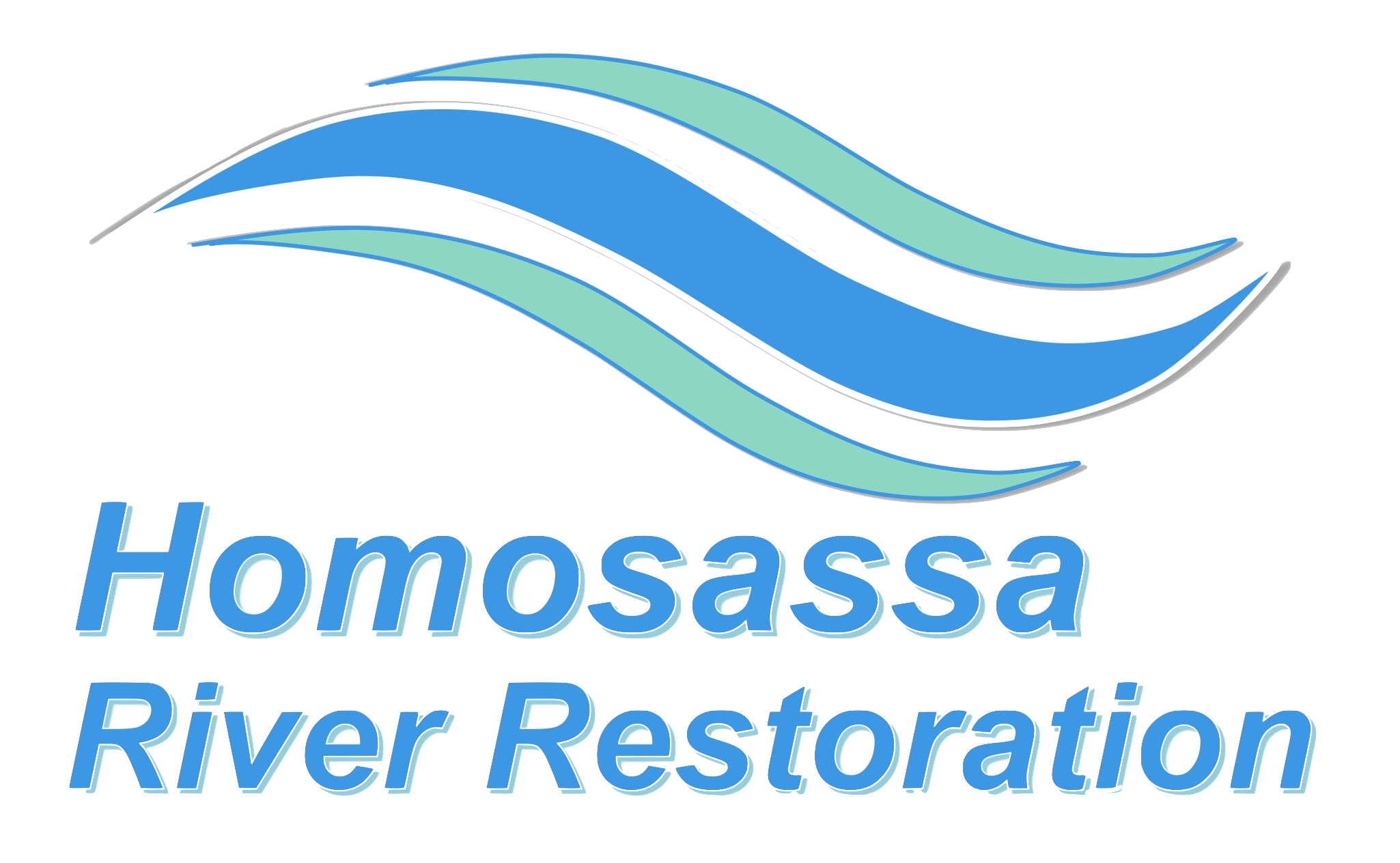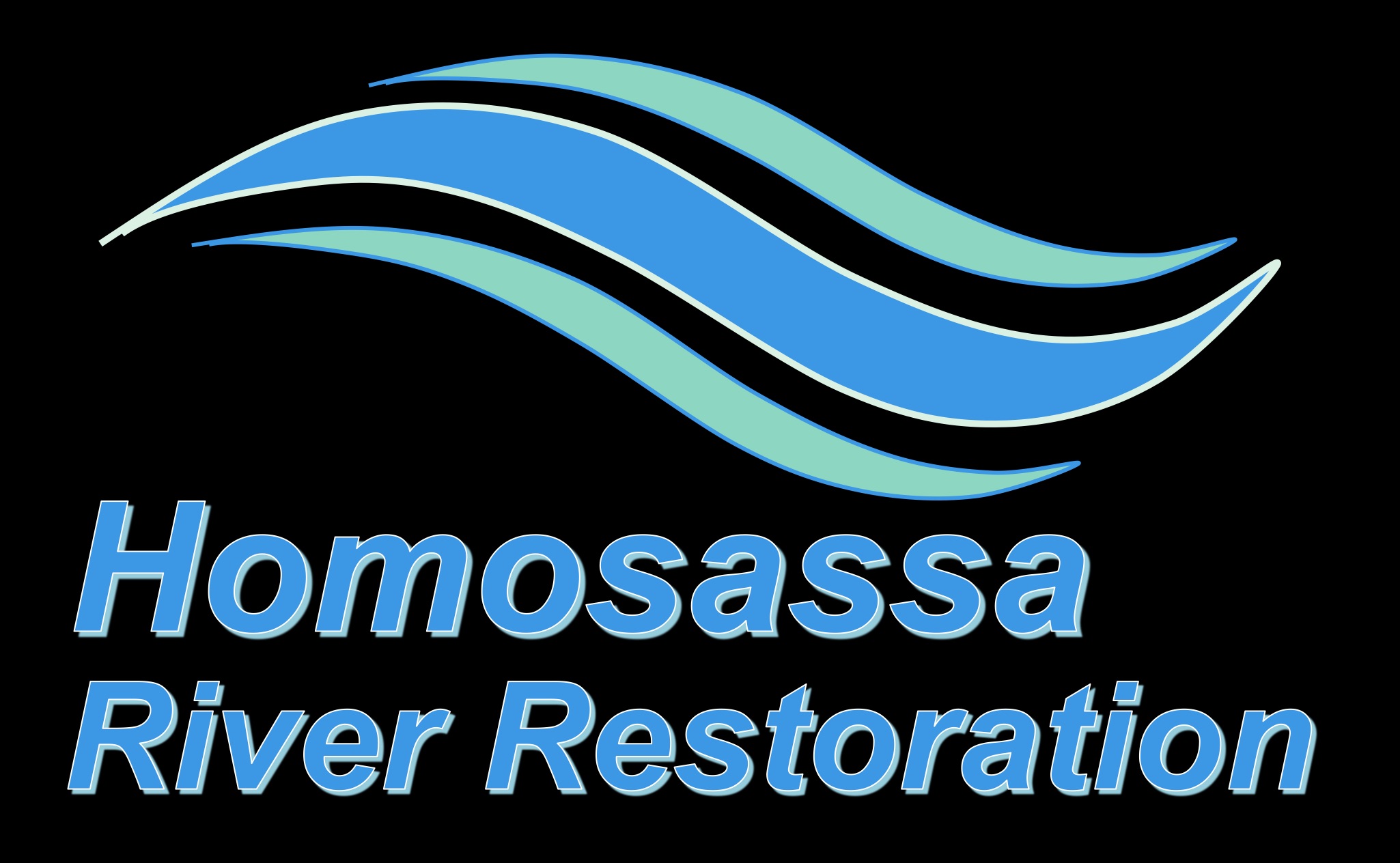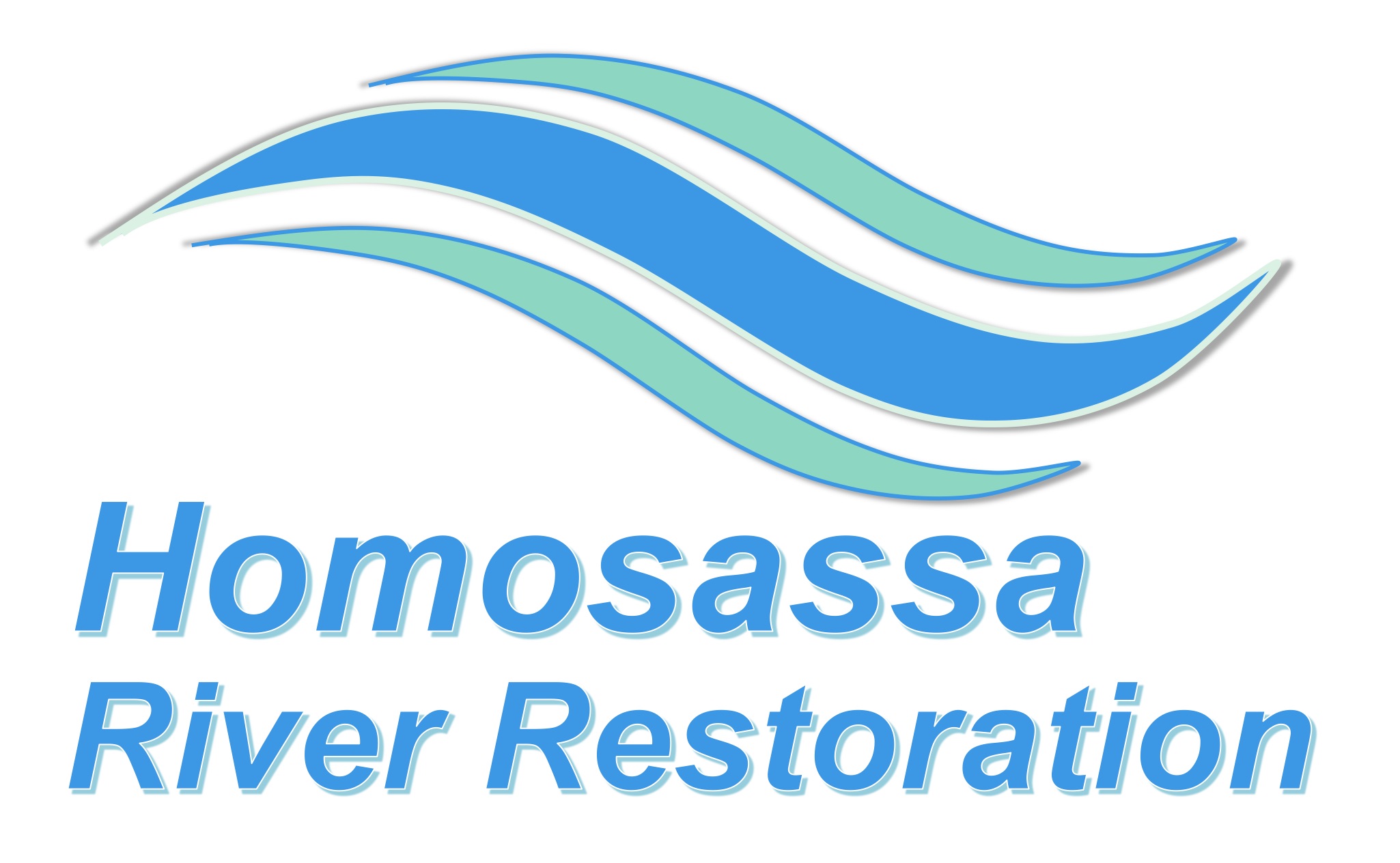Contract Work
In August 2019 the DEP called to say that Springs funds were coming our way. Then we, the “Homosassa River Restoration Project Inc (HRRP) began to formalize agreements based on our plans to restore the river and the available funding.
When the State of Florida decides to use its money to help with a river restoration, it expects results. When the State chooses a non-profit organization, such as HRRP, to lead a restoration project (or any State funded effort) the Non Profit company (effectively) goes to work for the State. The State of Florida funded our proposal to begin Homosassa River Restoration work. Our all volunteer staff must now guide and manage the restoration.
Down to Business
Now we had to take all those months of planning and make the project a reality. Thankfully, the strong team at Save Crystal River built a successful method for making agreements that fulfilled restoration obligations. We followed in their footsteps.
Restoration cleans and replants the river bottom . Volunteers manage the project but skilled workers do the work. Special equipment and supplies go into the restoration (including thousands of cultivated plants).
The workplace was a critical challenge. We could not select a site (other than a “possible site”) before the restoration was funded. We could not make commitments to a cleanup staging site without promising money. Look for our site requirement here. We rushed to nail down the worksite as soon as funding came through.
Working with the DEP
The Florida Department of Environmental Protection (DEP) manages Springs funds. We engaged with the DEP to write a contract for exactly how the funding would work.
Our organization pays contractors for completed work. When a piece of work is completed, the contractor makes a set of reports and documentation. There’s the physical work, and the paperwork that comes with it. We pay contractors when all the needed proof of quality completed work is pulled together. With tax dollars it is critical that the work be completed to the standard of quality agreed. We verify that the documents (water testing, pictures, reports) are compete before we make payment.
A Statement of Work (SOW) lists all the things that are expected (tasks), and the ways those things are to be done (standards). And a SOW also lists “deliverable’s”. Deliverable’s are things that the contractor ensures happen. A “deliverable” is a clearly measurable result.
River Restoration is a businesses. In our case, it’s a not for profit business but we still manage it like a for profit business.
A small non-profit like Homosassa River Restoration Project (HRRP) does not own machines and hire divers. Instead, HRRP contracts to use a variety of equipment, talented people, and other resources. We stay small, and manage others. But at the same time, the restoration grows.
We (HRRP) promise results to the State in one agreement, and we buy the services needed to get those results in another agreement.
We made complicated and extensive promises to the DEP and our agreements with Contractors are also complicated, and match the DEP promises. Our job is to keep our promises, giving Florida’s citizens the value they expect.
We are the Prime Contractor
Our organization agrees to be the DEP’s “contractor” for the Springs grant. And our organization (Homosassa River Restoration Project Inc.) makes contracts with other organizations for all the goods and services needed.
We agreed to a contract with Sea and Shoreline for the 2020 restoration efforts. Sea and Shoreline operates similar restoration efforts in Citrus County. Sea and Shoreline is experienced in restoration. They understand the work and safety issues. And we need skilled commercial divers, people who can work underwater for extended periods of time.
We required a company that could grow thousands of eelgrass plants. Our contractor grows plants and must not take them from the wild. Our plants must be clean. We cannot accidentally introduce a new species to the river.
Diver plant the grasses in the sand at the bottom of cleaned areas. Exclusion cages then go over the plants. Those cages keep out the manatees and turtles while the grass grows and spreads. We regularly clean our exclusion cages. Those cleaning teams in the water remove algae and light blocking material from the cages each month for a whole year.
We ensure that our restoration follows all needed process. Because we do this, we know our promises to the DEP are kept.


